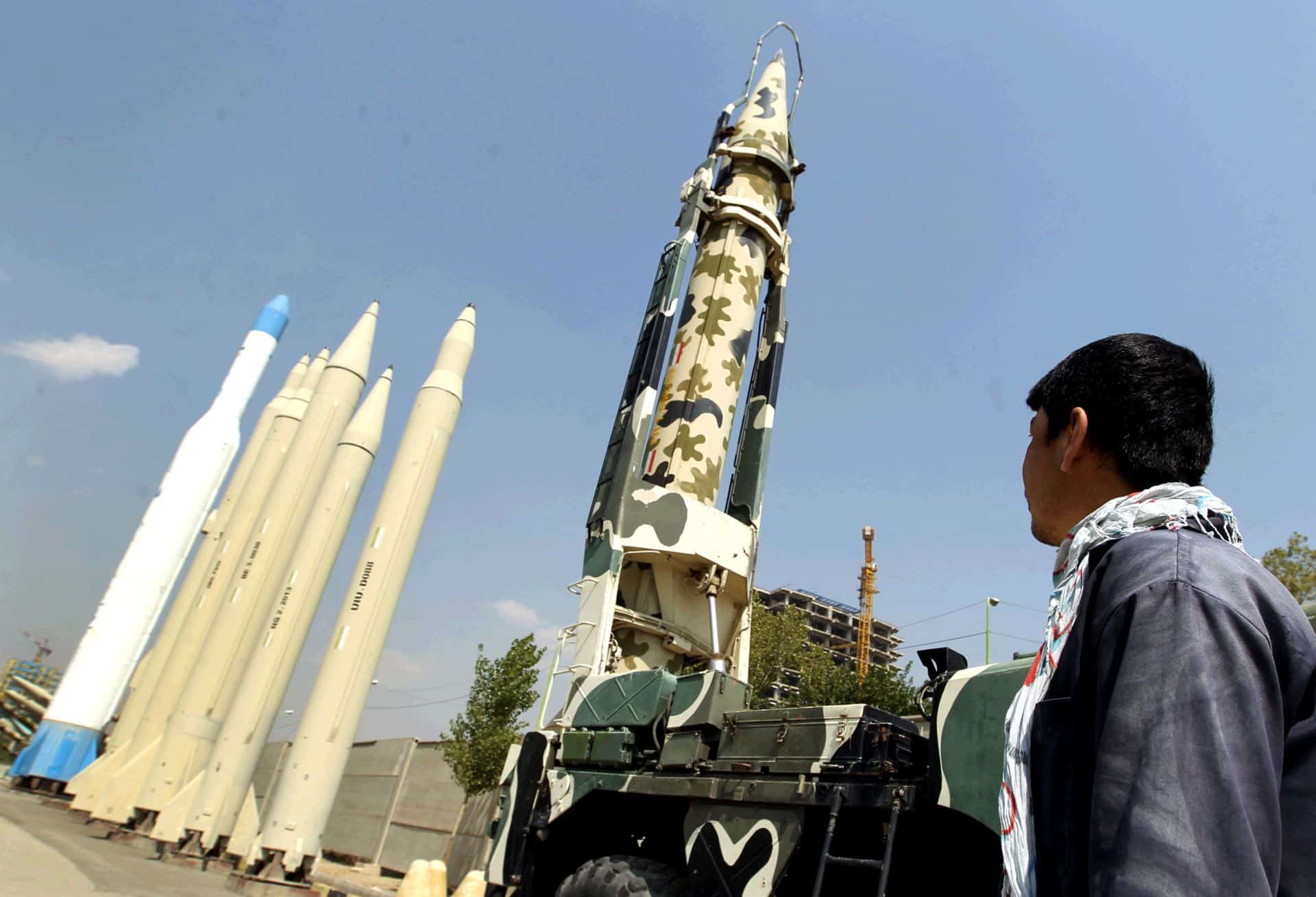The Department of Defense’s Fiscal Year (FY) 2015 budget submission provides the resources necessary to protect and advance U.S. interests and to execute the updated defense strategy, although at increased levels of risk for some missions relative to the planned funding levels in the FY 2014 budget.
This budget complies with the limits established for FY 2015 in the Bipartisan Budget Act of 2013 (BBA), but over the remainder of the Future Years Defense Program (FYDP), it exceeds the estimated limits on base budget discretionary DoD funding under current law by $115 billion. These estimated limits reflect the automatic reductions of the caps on Government-wide discretionary funding established in the Budget Control Act of 2011 (BCA). For simplicity, this report will refer to these limits as “BCA levels” or “sequestration levels.”
This report outlines the impacts the Department would face today in having to plan and operate at the sequestration levels and documents the significant cuts to forces, modernization, and readiness that would be required at those levels. Of course, BCA-level funding would have similar impacts for non-defense programs, and any increase in defense discretionary caps should be matched by an equivalent increase in the non-defense caps.
For defense, this report illustrates the additional warfighting risk the Department will incur if the BCA’s automatic reductions persist. The Department will continue to review and refine this plan as conditions warrant, so while this report shows a specific set of impacts, those impacts may change.
The automatic reductions required by the BCA would impose significant cuts to Department resources that would significantly increase risks both in the short- and long-term. These cuts would be in addition to several reductions in planned funding that the Department has already absorbed. Over the past several years, planned DoD spending has been significantly reduced by the following actions:
- To comply with the original discretionary spending caps in the BCA, FY 2012 enacted appropriations and the FY 2013 President’s Budget reduced DoD funding by $487 billion compared with the ten-year plan in the FY 2012 President’s Budget.
- The March 2013 sequestration reduced base budget FY 2013 DoD funding by an additional $32 billion.
- Consistent with the revised caps in the BBA, FY 2014 enacted appropriations reduced DoD funding by $31 billion compared with the President’s Budget request, and the FY 2015 President’s Budget requested $45 billion less than was planned in the FY 2014 budget.
Together, these cuts total almost $600 billion. Accordingly, the Department’s planned budgets across the FYDP have been substantially reduced. The Services have already reduced force structure and planned modernizations prior to any additional cuts discussed here.
Additionally, compensation savings have been assumed at both funding levels. If these proposed compensation reforms are not enacted, the Department will have no choice but to make further cuts elsewhere in the budget that will deprive our troops of the training and equipment they need to succeed in battle.
With the addition of projected sequestration-level cuts for FY 2016 through 2021, reductions to planned defense spending for the ten-year period from FY 2012 to 2021 will exceed $1 trillion.
If sequestration-level cuts persist, our forces will assume substantial additional risks in certain missions and will continue to face significant readiness and modernization challenges. These impacts would leave our military unbalanced and eventually too small to meet the needs of our strategy fully.
At sequestration-level funding, major reductions from the FY 2015-2019 President’s Budget request would include:
- Reducing one squadron of F-35 aircraft (cutting acquisition of 15 aircraft would prevent fielding the squadron)
- Eliminating the fleet of KC-10 tankers
- Cutting operational surface combatant ships by 7 in FY 2019
- Cutting procurement of 8 ships across the FYDP
- Divesting the Global Hawk Block 40 fleet
- Divesting the Predator fleet beginning in FY 2016
- Eliminating planned purchases of Reaper aircraft in FY 2018 and FY 2019
- Reducing Service readiness funding by $16 billion over the FYDP to include approximately $9 billion in depot/ship maintenance, which would further increase Service maintenance backlogs.
With respect to readiness, sequestration-level funding cuts would intensify existing shortfalls and delay timelines for building joint readiness for full-spectrum operations.
Furthermore, if Congress acts to support FYDP funding at the PB15 level, the Department will not have to cut:
- Army forces to a total force of 420K Active, 315K National Guard, and 185K Reserve
- Marine Corps forces to a total active force of 175K
- An aircraft carrier (CVN-73) to a total inventory of ten aircraft carriers
NOTE: Throughout this report we compare the FY 2015 President’s Budget FYDP position to a five-year plan that reflects the estimated automatic reductions required by the BCA in FY 2016-2019. All tables show FY 2015 at the PB15 level; only FY 2016-2019 reflect the BCA levels. For simplicity the tables reflecting BCA reductions in FY 2016-2019 are therefore labeled and referred to throughout the report by the “BBA/BCA” short hand notation.
Estimated Impacts of Sequestration-Level Funding (336 downloads)










